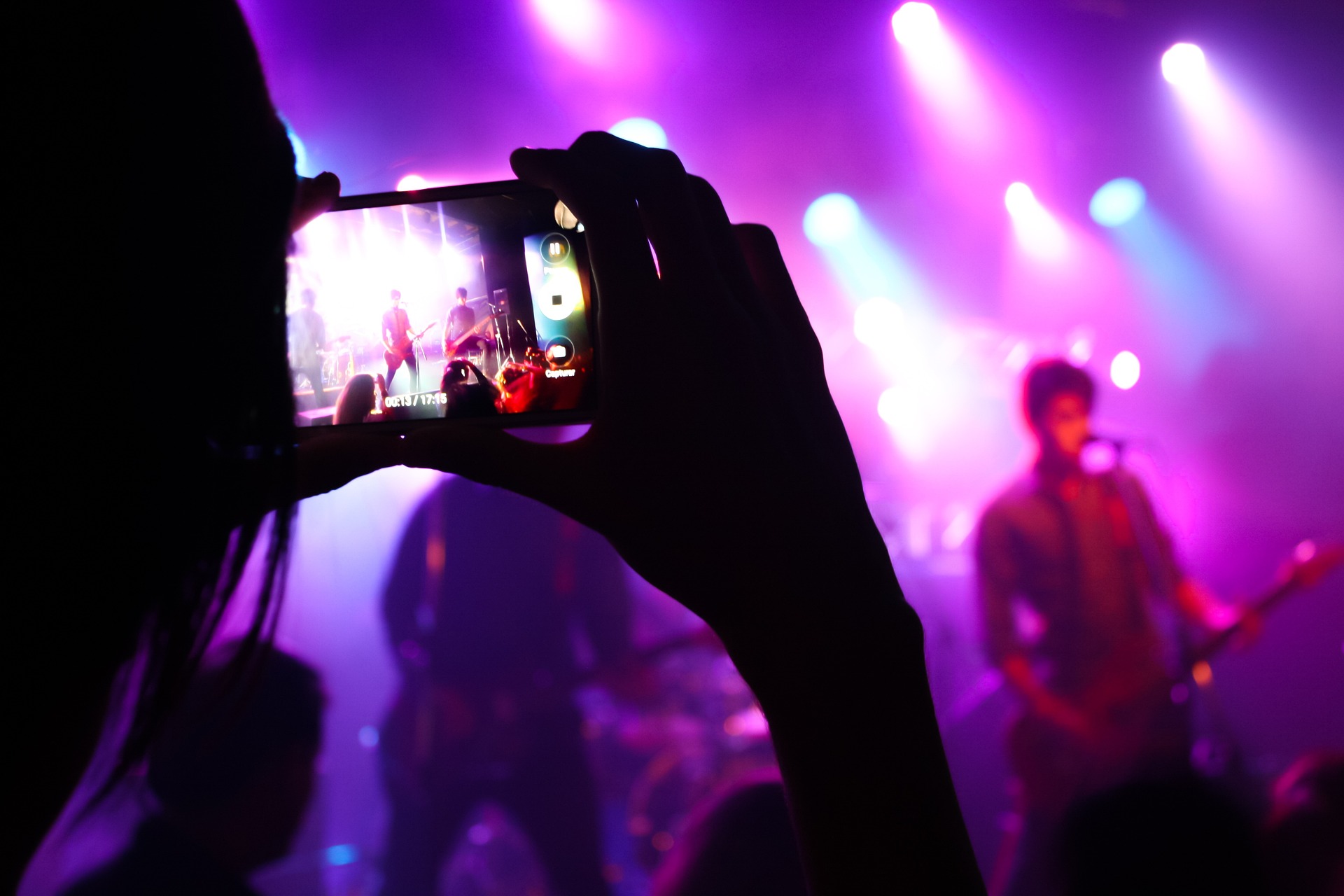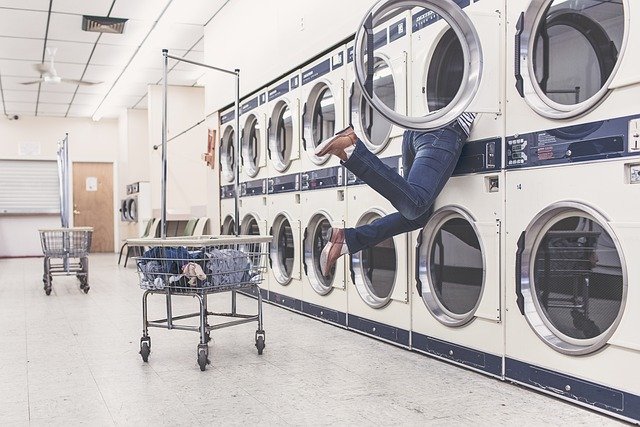Immersive VR Experiences: Breathing New Life into Performing Arts
In the digital age, technology's influence on the arts is undeniable. We're witnessing a novel intersection of art and technology, with virtual reality (VR) becoming an innovative player in the performing arts sector. This article explores the rise of immersive VR experiences in performing arts, tracing its evolution, current trends, and its potential impact on the future of artistic expression.

Introduction:
Step into a world of limitless artistic expression that breaks the boundaries of physical space. Discover how the performing arts are being revolutionized by immersive VR experiences, where audiences can interact with the performance like never before.
Virtual Reality Meets Performing Arts: A Historical Perspective
The integration of VR technology into performing arts is not a sudden phenomenon, but a gradual progression. Since the invention of VR in the 1960s, pioneers have tested its potential in various fields, including the arts. Early experiments were limited due to technical constraints, but as VR technology improved and became more accessible in the 21st century, its incorporation into performing arts began to accelerate.
The Current State of VR in Performing Arts
Presently, VR in performing arts is a burgeoning field. From theatre companies creating VR adaptations of classic plays to dance performances designed specifically for VR, the technology is expanding what’s possible within the realm of performing arts. For instance, the Royal Shakespeare Company in the UK has started integrating VR into their productions, offering audiences a unique, immersive experience of Shakespearean plays.
The Impact of VR on Audience Engagement and Accessibility
With VR, geographical and physical boundaries are blurred. Audiences can now experience performances from anywhere in the world, breaking down accessibility barriers. Moreover, it provides an interactive experience, allowing audiences to be more than just passive observers. They can explore the performance space, engage with performers, and even influence the narrative, creating a more engaging and personalized experience.
The Potential and Challenges of VR in Performing Arts
The integration of VR into performing arts has immense potential. It could revolutionize how we experience art, opening up new possibilities for creativity and interaction. However, there are challenges. VR technology is still relatively expensive and requires specialized skills to create and manage. Moreover, there are concerns about how the immersive nature of VR might affect the traditional communal experience of attending a performance.
The Future of VR in Performing Arts
Despite the challenges, the future of VR in performing arts looks promising. As technology improves and becomes more affordable, the scale and scope of VR experiences will likely grow. Artists and companies who embrace this technology will have the chance to redefine their craft, offering audiences new, immersive ways to experience performing arts.
In conclusion, VR is shaking up the performing arts scene, offering exciting new avenues for artistic expression and audience engagement. As we move forward into the digital age, the fusion of art and technology will only continue to evolve, offering boundless possibilities for creativity and innovation.




